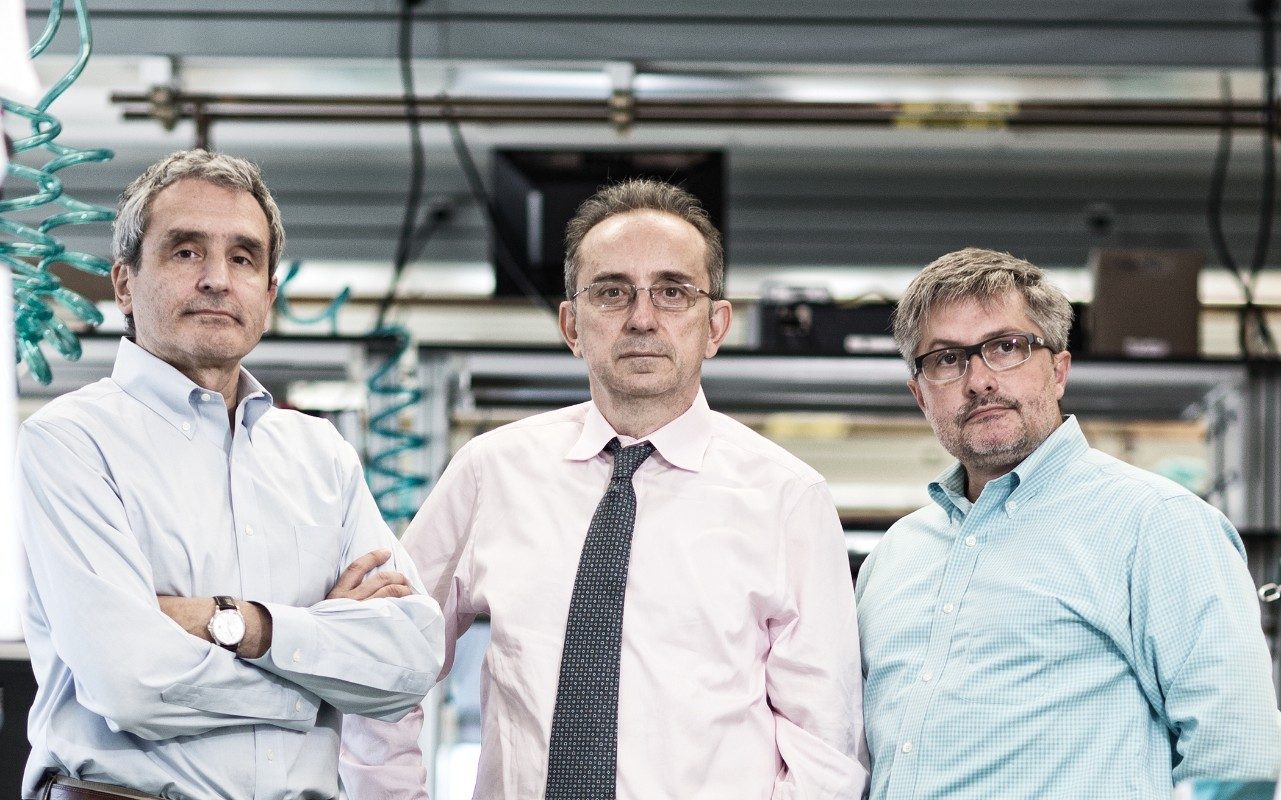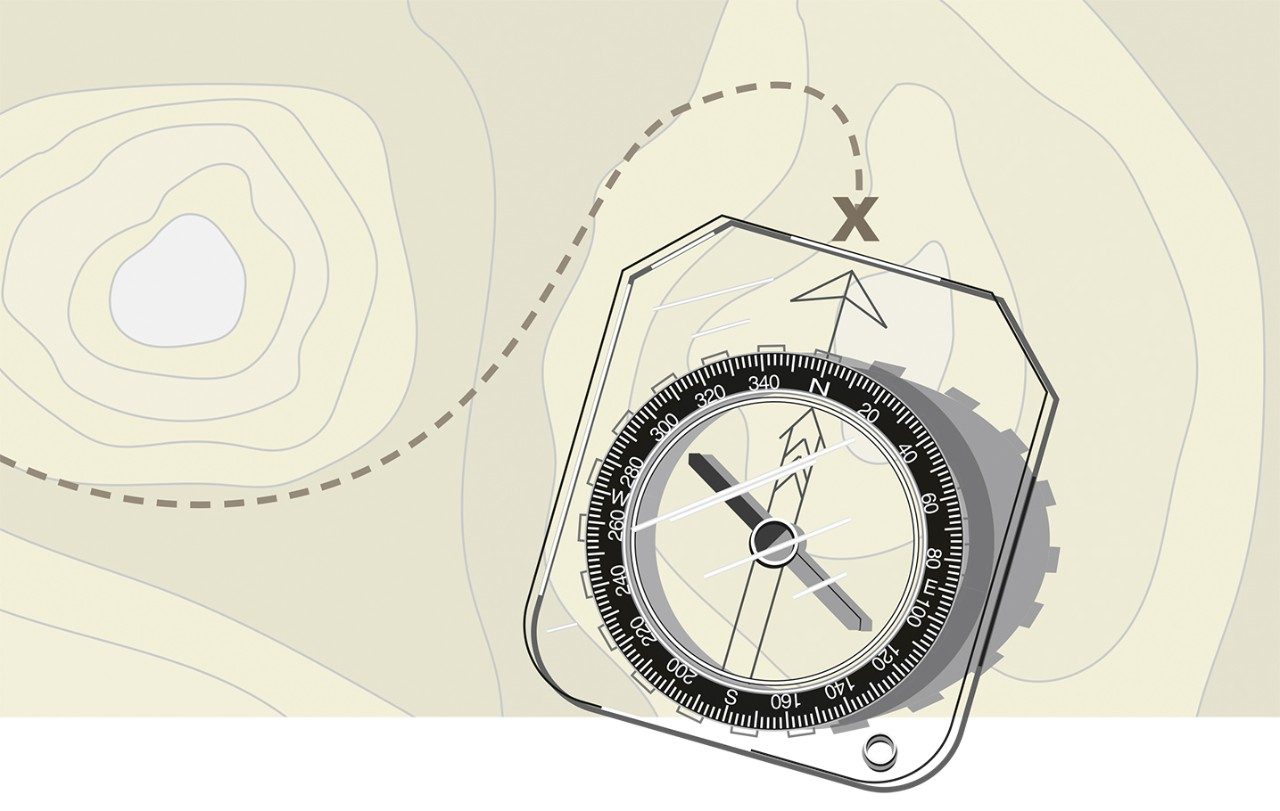Blood test could reveal pancreatic cancer earlier
MD Anderson researchers believe they may have found a way to detect pancreatic cancer at an early stage, before it has spread to other organs and becomes too difficult to treat.
他们的研究结果发表在科学期刊自然,显示了目前对癌症的蛋白质外来体was found in the blood ofpancreatic cancer患者,而不是在那些没有疾病或谁拥有慢性胰腺炎谁的血。这一发现可能会导致精确,无创诊断和筛选工具来检测致命的癌症,这往往发生转移后,仅在诊断中后期阶段。
Close to 50,000 people are diagnosed with pancreatic cancer in the United States each year, and almost 41,000 deaths are caused by the disease annually. The average five-year survival rate is 7.2%.
Exosomes are tiny, virus-sized particles released by cancer cells and contain DNA, RNA and proteins. Scientists isolated and monitored the circulating exosomes (crExos) enriched with the glypican-1 (GPC1) protein — called GPC1+ crExos — from pancreatic cancer patients’ blood.
“GPC1+ crExos were detected in small amounts of serum from about 250 pancreatic cancer patients with absolute specificity and sensitivity. It importantly distinguished patients with chronic pancreatitis from those with early- and late-stage pancreatic cancer,” saidRaghu卡鲁,医学博士,博士,主席癌症生物学.
The study also found that the levels of the exosomes were significantly lower in patients following surgery to remove the tumors. Circulating exosomes from healthy donors and breast and pancreatic cancer patients were examined, and elevated levels of the GPC1+ exosomes were seen in both cancers.
“GPC1+ crExos can be detected and isolated in blood samples that were stored in freezers almost 30 years ago, unlike circulating tumor cells, which require large amounts of fresh blood,” said Kalluri. “DNA, RNA and proteins can be isolated from cancer exosomes taken from a stored specimen for further genetic and biological analyses. Therefore, cancer exosomes aren’t just a biomarker. Isolating them provides a trove of cancer-specific information.”
可以使用这些信息来帮助医生选择特定癌症的最佳治疗方法,以及表明的治疗效果。
这些标记screeni似乎更可靠ng tool than the commonly used CA 19-9 biomarker, which results in many false negatives and false positives.
The study showed that the presence of GPC1+ exosomes predicted pancreatic cancer 100% of the time. And GPC1+ crExos detected the possibility of pancreatic cancer in mouse models of pancreatic cancer at a time when the mice showed no signs of pancreatic disease by MRI.
“使用核磁共振成像或CTS胰腺癌的普通人群常规筛查将与许多误报的可能性非常昂贵,”说大卫Piwnica蠕虫,医学博士,博士,主席Cancer Systems Imaging. “Our study suggests the potential for GPC1+ crExos as a detection and monitoring tool for pancreatic cancer combined with imaging, with an emphasis on its application in early detection.”
如果发现得早,手术涉及胰十二指肠切除术或惠普尔程序可以为胰腺癌患者的治疗。由于胰腺癌常常被确诊疾病传播后,患者只有约15%有资格参加手术。
“Studies comparing stage of disease with outcome following surgery suggest that death rates for pancreatic cancer would be reduced if the disease were diagnosed at an earlier stage,” said Kalluri. “This presents an unprecedented opportunity for informative early detection of pancreatic cancer and in designing potential curative surgical options.”











